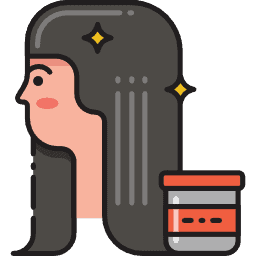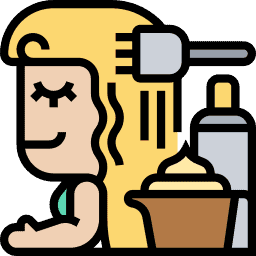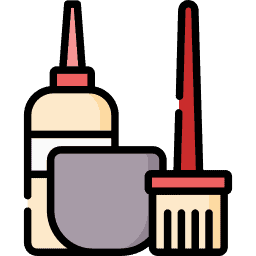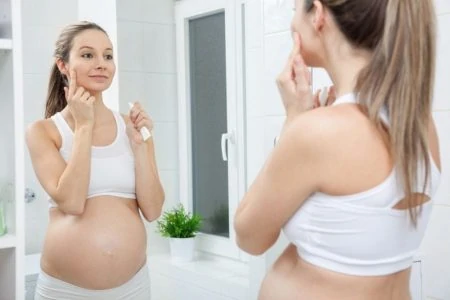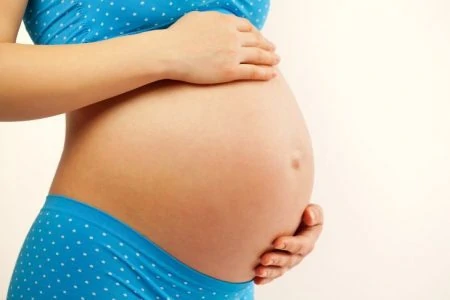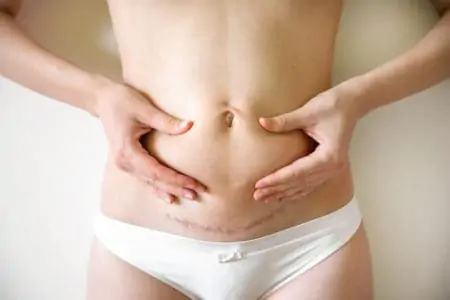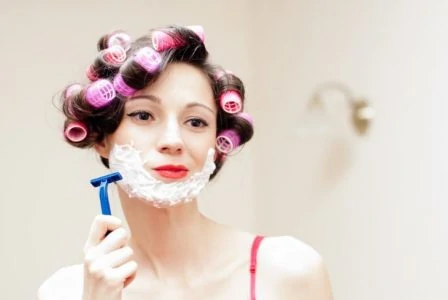Pregnancy is a time of change. Even our hair wants to get in on the action and often goes crazy because of hormone fluctuations. As your body seems to be changing in every possible way, you may wish to keep a sense of normalcy where you can.
If you struggle with taming your tresses, you may wonder if there’s any harm in getting a perm while pregnant.
We’ll discuss whether it’s safe or recommended and if there are other options you can consider for maintaining your style.
Key Takeaways
- Getting a perm while pregnant is generally considered safe, but there is limited research on the topic.
- To minimize potential risks, wait until after the first trimester, ensure proper ventilation, and limit hair treatments during pregnancy.
- All types of perms, including spiral perms, have similar chemical risks during pregnancy.
- Avoid keratin treatments and cortisone shampoos while pregnant, as they may contain harmful chemicals.
Is It Safe to Get a Perm While Pregnant?
People have debated the safety of perms during pregnancy for decades. Unfortunately, we still don’t have enough research to make a solid conclusion.
Studies have shown no evidence to suggest that pregnant hairdressers who handle chemicals for perms and dyes multiple times per day have any greater risk of pregnancy complications (1).
Some say this is confirmation that it’s safe to get a perm during pregnancy. But others still argue that any exposure to chemicals puts your preborn baby at risk.
Ultimately, you will have to decide if the benefits outweigh the risks for you and your baby.
If you choose to get a perm while pregnant, there are a few things you can do to help reduce the risk.
- Wait until after the first trimester: Your baby’s development is much more stable in the second and third trimesters. By the second trimester, the risk of miscarriage is reduced by over 80% (2).
- Ensure adequate ventilation: Pregnancy heightens the senses. If the area is not properly ventilated, you may become nauseated or dizzy.
- Limit hair treatments: Try to hold off as long as you can between treatments to further reduce any chemical absorption.
Can I Get a Spiral Perm While Pregnant?
The key difference between spiral perms and other types of perms is the way the hairdresser applies the rods. With a spiral perm, rods are held vertically while the hair is wrapped around them. With other styles of perms, the rods are rolled horizontally (3).
Since the chemicals used for all perms are similar, there is no evidence of more risk with one style of perm than another. However, with a spiral perm, the solution is applied closer to your scalp, so there may be a higher chance of chemicals being absorbed into your bloodstream than with some other perm styles.
Can I Perm Someone’s Hair While Pregnant
In studies involving hundreds of hairdressers, there was no evidence to conclude that their babies were at any greater risk of birth defects, preterm births, or miscarriages. No later impacts were observed in their children’s cognitive development. This suggests that perming or dyeing people’s hair doesn’t negatively affect an otherwise healthy pregnancy or child (4).
To prevent any potential risks, however, make sure you are in a well-ventilated area. And always wear gloves when in direct contact with any chemicals.
FAQs About Hair Treatments During Pregnancy
Here are the answers to several common questions about getting chemical hair treatments while pregnant.
Playing It Safe
Although many experts and women believe chemical hair treatments are safe to use during pregnancy, there hasn’t been adequate research.
If you choose to perm, bleach, or dye your hair during pregnancy, consider taking some precautions. Wait until the second or third trimester, ensure you’re in a well-ventilated area during treatment and use gloves when handling chemicals. Overall, limit the number of treatments you receive while pregnant.
For maximum safety, avoid chemical treatments altogether, and reach for standard heat-styling methods instead. Plug in that curling iron, blow dryer, or flat iron, and whip those locks into shape!

